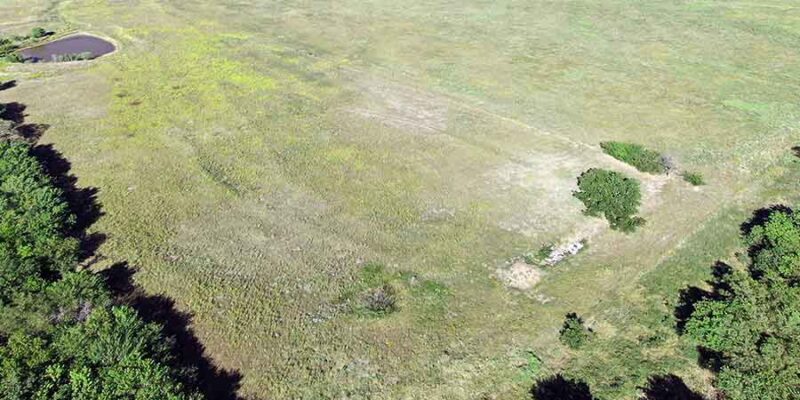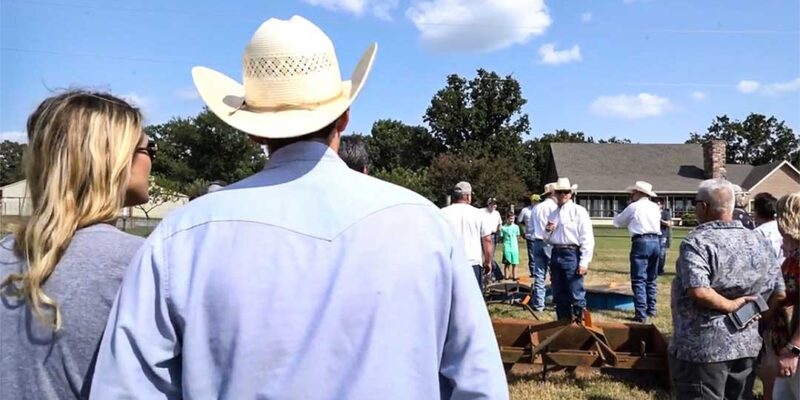Selling commercial property is a major decision. When speed, certainty, and maximum value matter, a commercial dispersal auction can be the smartest choice.
Unlike traditional listings, auctions:
- ✅ Accelerate timelines — most sales close in 30–45 days.
- ✅ Reduce holding costs for taxes, insurance, and upkeep.
- ✅ Maximize value through competitive bidding, often pushing prices above expectations.
For portfolios with multiple properties—such as retail centers, industrial facilities, or office parks—auctions deliver broad exposure and streamline transactions.
The 5-Step Auction Process
At CJ Auctions, we follow a proven method that ensures every sale is organized, transparent, and effective:
- Discovery & Evaluation – We review your property’s strengths, market trends, and potential buyer pool.
- Marketing & Promotion – Tailored campaigns target investors, developers, and end-users via digital ads, email, signage, and industry networks.
- Auction Day – Live and online bidders compete in a transparent marketplace.
- Contract Signing – The winning bidder signs a purchase contract immediately.
- Closing – Clear timelines and terms ensure closings typically happen within 30 days.
This structure provides both speed and confidence to sellers.
What Sellers Should Prepare For
To maximize your results, here’s what to expect:
- Buyer’s Deposit – Winning bidders usually pay a 10% earnest deposit on auction day.
- Buyer’s Premium – Buyers pay a set premium in addition to the bid price (offsetting transaction costs).
- Title & Due Diligence – Make title commitments, surveys, and disclosures available up front.
- Flexibility in Sale Structure – Sometimes parceling properties or selling assets individually can generate higher overall returns.
Best for Complex or Time-Sensitive Sales
Commercial dispersal auctions are especially effective for:
- Institutional sales — banks, trustees, and estates needing fast liquidation.
- Multi-property portfolios — selling individually often outperforms bundled deals.
- Specialized assets — warehouses, redevelopment sites, or unique commercial facilities.
Why Partner with CJ Auctions
Our veteran team has decades of experience selling:
- Retail strip centers
- Office complexes
- Warehouses and industrial sites
- Development land
We know how to reach qualified buyers, create urgency, and deliver results. More than 75% of our auctions exceed pre-sale expectations, and nearly all close faster than traditional listings.













